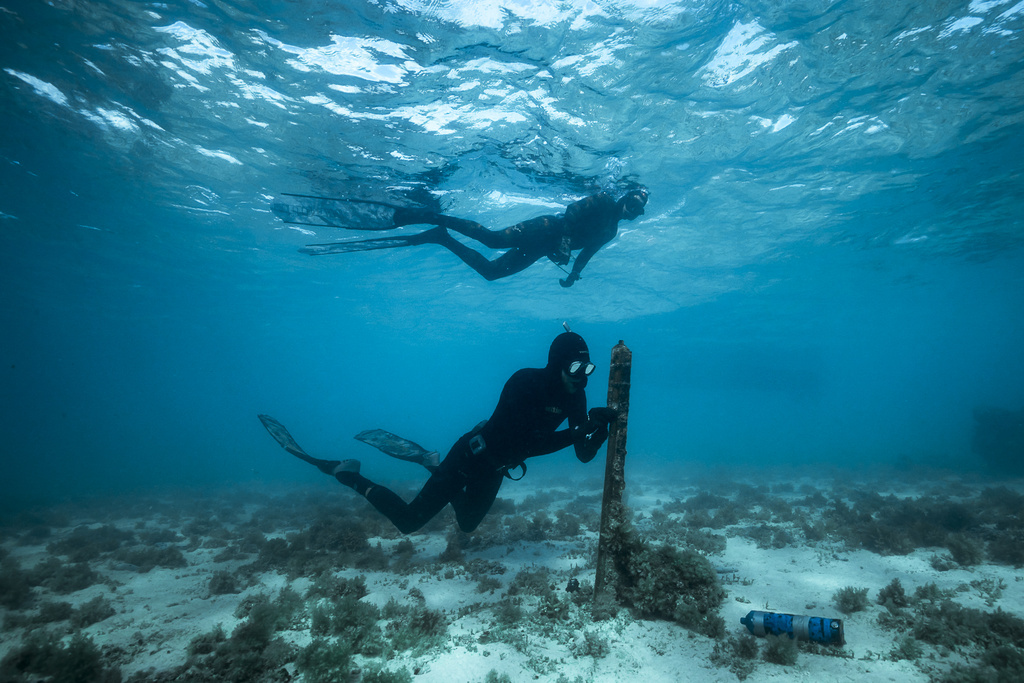Compiling data from the national network of 784 receivers and holding over 94 million detections the centralized database has a new web-interface that will increase data uploads and access.
IMOS uses a large network of strategically located acoustic receivers in the waters around Australia to detect and track tagged animals. The national network allows the detection of tagged animals and provides a powerful tool for observing animal movements in Australian coastal and continental shelf ecosystems.
In 2009, IMOS created the Australian Animal Acoustic Telemetry database to provide a central repository of acoustic tag detections and metadata from Australia, facilitating collaborative animal tracking research and long-term monitoring of Australian marine species.
After considering user feedback, staff from the Australian Ocean Data Network and the IMOS Animal Tracking Facility have been working together on a project to develop a new web-interface for the IMOS Australian Animal Acoustic Telemetry Database, and the project team are pleased to announce the new web-interface is now live and accessible here: https://animaltracking.aodn.org.au/.
The new Web-interface aims to:
- enhance user experience, including data exploration, filtering and download functionalities,
- improve the data entry workflow, and enhance the quality of the metadata and data records,
- reduce data errors through enhanced validation checks,
- enhance data sharing and collaboration opportunities for the Australian research community,
- provide a scalable, modern, secure system with capacity for improvements and future development.
The Australian Animal Acoustic Telemetry database contains data from a nation-wide array of underwater hydrophones and documents movements of marine species within Australian coastal waters between 2007-present.
The Australian animal tracking research community actively contributes project-specific data to the central repository and uses the data served up via the Web-interface to advance ecological research, inform fisheries management and status reports, and threatened species management at state and Commonwealth levels.
One of the first users of the new web-interface for the database, Dr Justin Rizzari, Lecturer in Fisheries Science at Deakin University says, “The new IMOS acoustic telemetry database web-interface looks great! I really appreciate how on the home screen you see the acoustic receiver network map along with very easy and direct access to all of the subsections that one may need to access.”
“The updated process of simultaneously creating and deploying a transmitter is more efficient than the previous two-step process. I feel that these streamlined changes will make sharing and accessing network data more straightforward, thereby enabling end-user collaboration to run more smoothly.”
If you have any questions about this project, contact the AODN team at info(at)aodn.org.au, or contact the IMOS Animal Tracking Facility at [email protected] for information about the national acoustic telemetry database.
